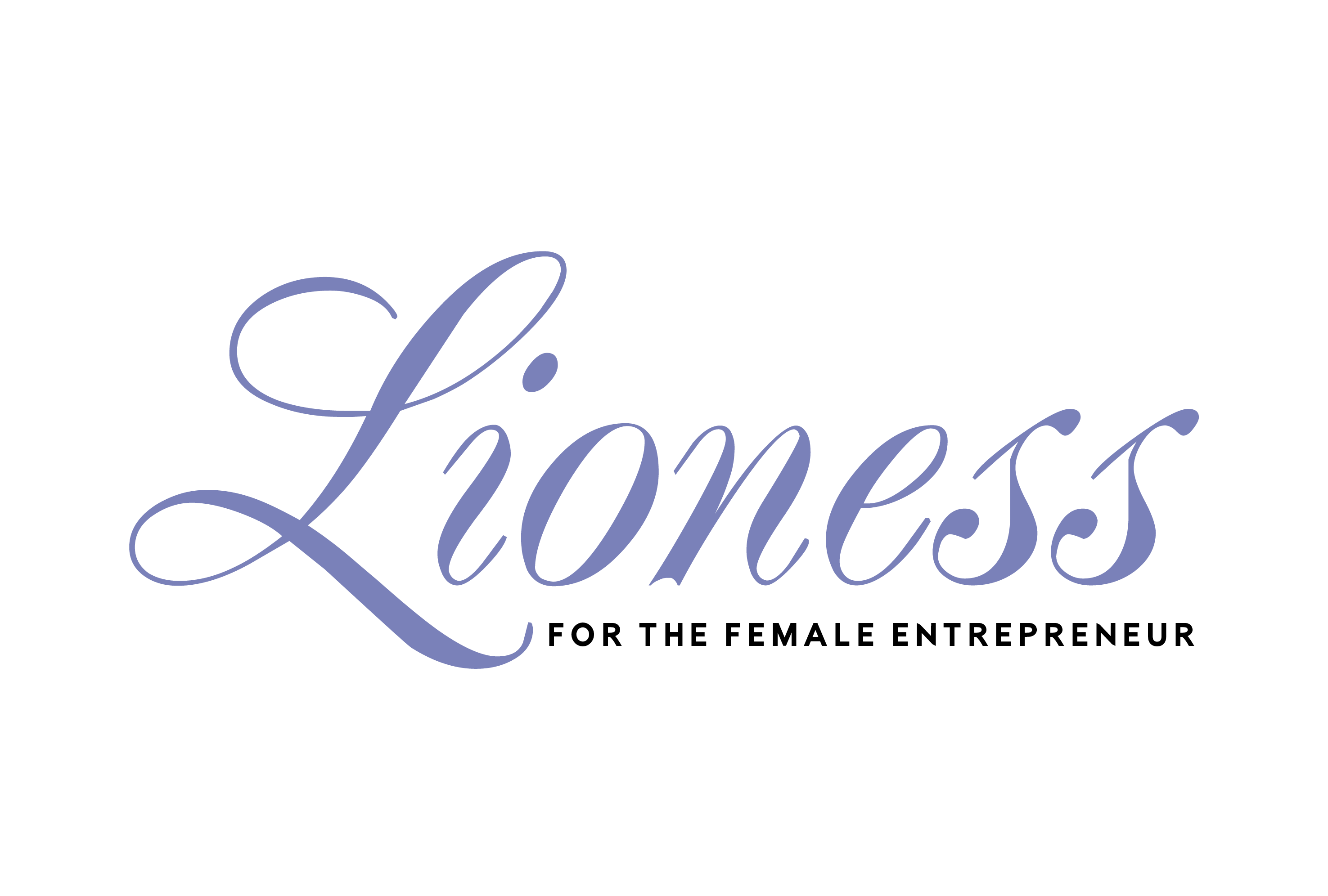Dolores Hirschmann is the Chief Clarity Officer at Masters in Clarity, an organization that assists ambitious entrepreneurs with the execution and direction of their ideas. As an internationally recognized strategy coach of more than 20 years, Hirschmann has fused life experience with business models to generate an outline for what she calls “sustainable creation”—a philosophy of growth that enables small businesses to move toward acquisition.
Being a creative mind herself, Hirschmann sees production as a unique artistic outlet. This revelation came firsthand during her time in business school. She went in “dragging her feet,” hoping to become an actress, and came out with the understanding that the growth of a business is heavily complimented by a creative approach. When business procedures are combined with good ideas, acquisitional opportunities become much more realistic and a lot more navigable.
Success is not just about creating…
It’s also about structure. For creative entrepreneurs looking at acquisition, a small business with a great idea turns into a significant opportunity when it’s organized.
“Small businesses have substantial potential when they prepare themselves to be acquired,” Hirschmann notes. Preparation is key to acquisition. Businesses are looking for a standard operating procedure—an SOP—to act as proof that your idea is scalable.
“They’re acquiring you so they can bring their teams, their resources, their brilliance, their network and growth, and a company that doesn’t have proper documentation and clear SOPs cannot grow or shouldn’t grow, because it’s going to be a mess,” says Hirschmann. “So make sure you have documentation on your processes, because you never know when a grant opportunity can come your way, and you also need it to scale.”
Selling your ideas
Okay, so we have a standard operating procedure. How does that translate into acquisition? First and foremost, the cornerstone of selling your product is “finding a partner who has the traffic,” as Hirschmann puts it. The best deals involve a complimentary partner. In a deal with one of her clients, Hirschmann kept it simple: “He had the audience, I had the product, I had the systems.” Perfect fit.
The next step is to sign an NDA with your client. An NDA is pivotal in guarding your product. It’s also an inroad to safely show your client the proof of your product: your SOP. By taking a firsthand look at your process, the client gets a complete idea of your vision. For one of Hirschmann’s clients, this strategy worked wonders. “What it did is allowed him to see that I wasn’t just waking up one morning and doing things, hoping for the best.”
But what if you want to keep your product?
There is a way, Hirschmann says, to hold onto your product and still bring in revenue. Instead of selling their product, small businesses can become “coaches” of a brand. Business isn’t always about acquisition. There is money to be made in selling intellectual property, processes and systems. Small businesses can maintain ownership of their ideas without sacrificing potential profit.
Some clients aren’t looking for “another bakery,” as Hirschmann says. Some clients want the “recipe” that your company offers. They want to know how to have a brand like yours without actually taking in your brand. What you can do, as a small business, is become their coach. You can teach clients your recipe, hold onto your business and see revenue all in one move.
Getting your ideas out there
Solid documentation and a target audience are a good foundation for sales, but Hirschmann emphasizes that the number one way to mobilize your ideas will always be speaking. There is a world of difference in how the market reacts to actually hearing a CEO’s voice versus the digital impressions they gather online.
“And let me be very clear here, we’re not talking big conference, big stage. Speaking is a room of ten potential clients in someone’s living room. Speaking is an interview in a podcast, an Instagram Live. Anywhere you can be heard by two or more people, you’re speaking,” Hirschmann states.
Remember, business is a vehicle for creativity. It is a vehicle that can only be driven by putting yourself out there and following your intuition. Have confidence in your own ideas and share that confidence with the world. When you do, you will notice that the market has always been waiting for a business like yours.
For more tips on creative entrepreneurship, read Building a Successful Art-based Business.






Add Comment